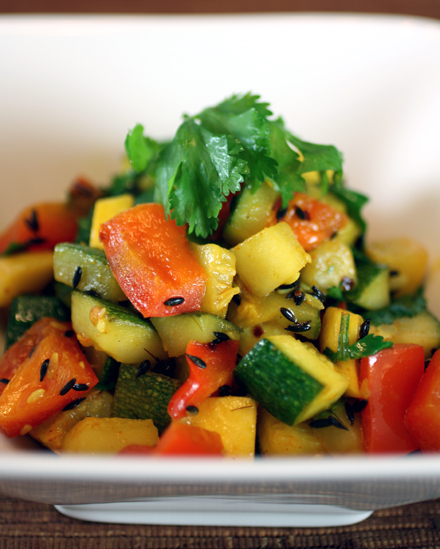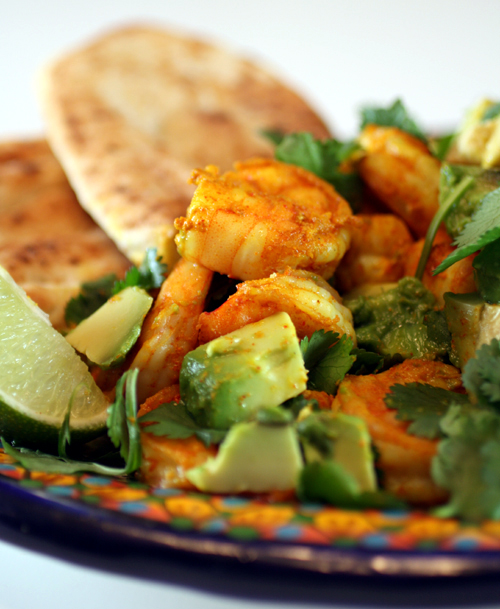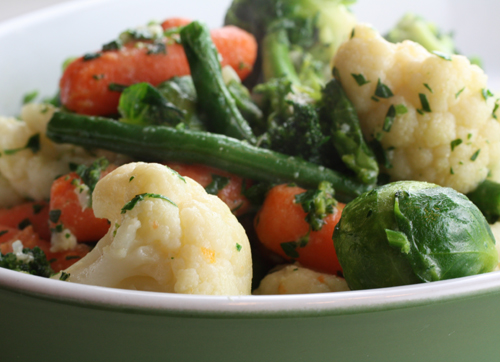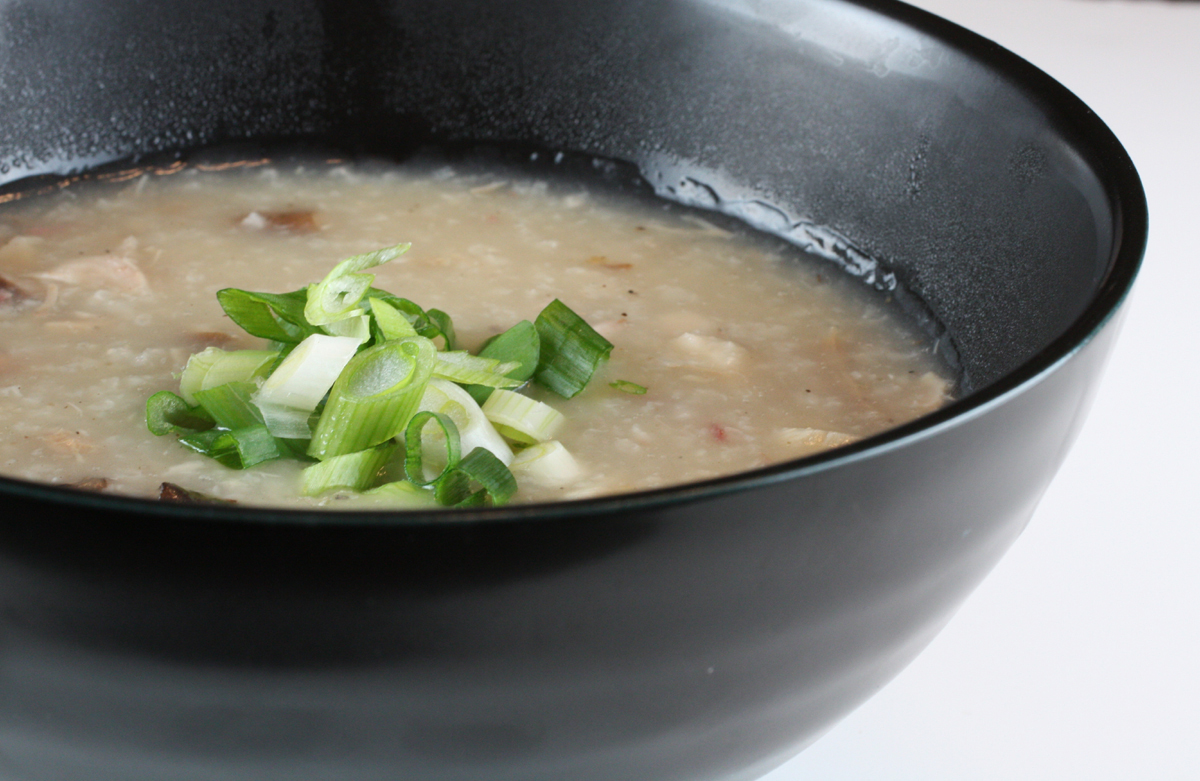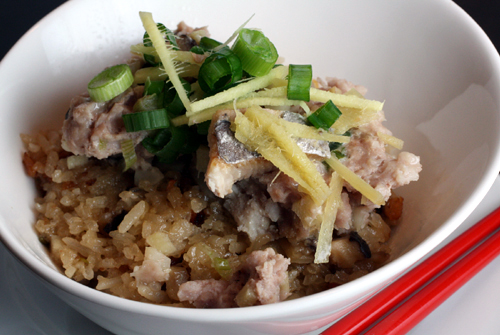
Sometimes you never know what you’ll end up missing.
For me, it turned out to be — of all things — a most humble Cantonese dish of steamed ground pork, strewn with finely julienned ginger and copious amounts of preserved, pungent mackerel.
Yes, stinky, salted fish is what I longed for. Who would have thought?
This steamed pork hash or cake, otherwise known as hom yu jing jiu yok bang, was not something I missed at first. Not when my Mom had a stroke, limiting her ability to cook this dish and so many others I had grown up with. And not even years later, when my Mom passed away, and this home-style dish faded into memory.
It was only a year after her death, when I happened to be at Asia Village, a hole-in-the-wall Chinese restaurant in Sunnyvale, when I saw the dish on the menu and decided to order it for old time’s sake.
It came to the table, looking a lot like what my Mom used to make — a 1-inch-thick pressed round patty of ground pork, topped with a couple small pieces of salted fish, all floating in its own lovely juices.
It was tender, a bit briny, incredibly succulent, and the perfect foil for plain, fluffy rice. One taste is all it took to make me sigh wistfully.
I’m not the only one. I started asking my Chinese-American friends if they remembered this dish. All did fondly from their childhood, but almost all of them had not eaten it in years. They didn’t cook it now, having never learned how to make this basic dish. And they didn’t eat it when they went out, because of its scarcity on menus.
“It’s classic Cantonese comfort food. It was truly one of my favorites growing up,” says Chinese cooking expert and cookbook author Grace Young, who grew up in San Francisco and now lives in New York. “Steamed pork cake dishes are seldom found in restaurants. I think they are so simple to make that when people go to a restaurant they want to eat dishes that are too complicated to make at home.”
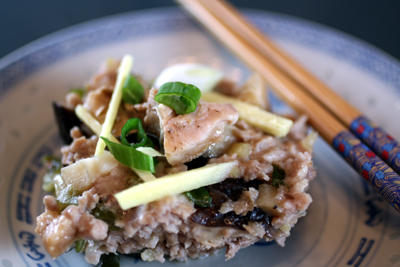
It’s a family-meal dish beloved by both the Cantonese and the Hakka, neighbors in Southern China, according to Bay Area food writer, Linda Lau Anusasananan, who is writing a book on Hakka cuisine.
“It combines pork, preserved ingredients, and strong seasonings — all main elements in Hakka cooking,” she says. “I love the dish for its simplicity.”
If I wanted to enjoy hom yu jing jiu yok bang regularly, I realized I would have to learn how to make it myself. The key would be finding just the right fish to use. That turned out to be far easier said than done.
Read more
